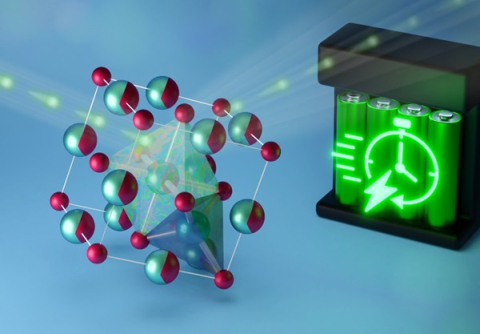
A material with a disordered rock salt structure could help make batteries safer, faster-charging, and able to store more energy.
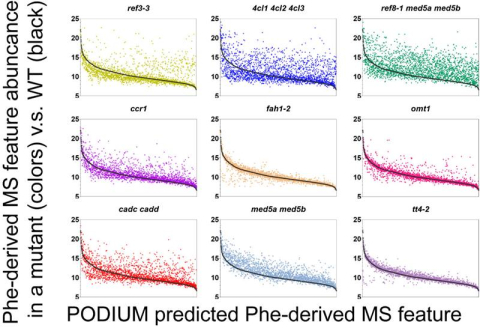
A new data pipeline identifies metabolites following heavy isotope labeling.
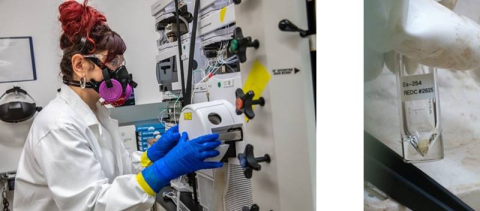
State-of-the-art techniques expand scientists’ fundamental understanding of heavy element 99, Einsteinium.
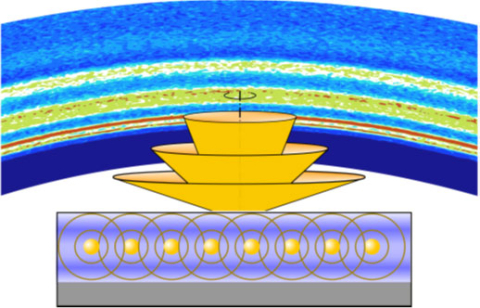
Scientists discover a high-resolution X-ray fluorescence probe to measure nanostructures in thin films.
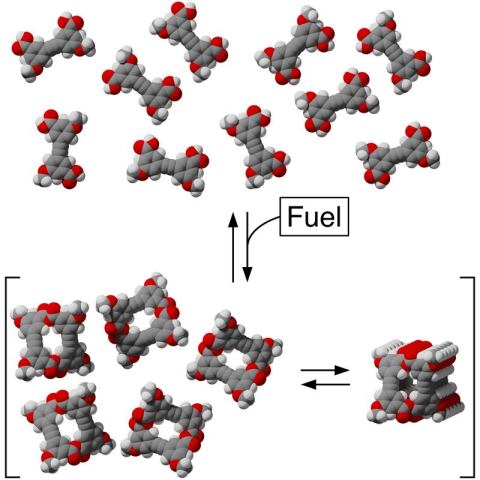
Chemical fuel assembles molecules with multiple unstable bonds.
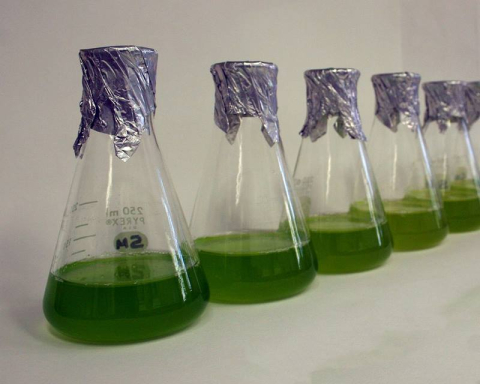
Transcription of adjacent genes into a single RNA molecule is widespread in green algae, challenging understanding of gene expression in eukaryotes.
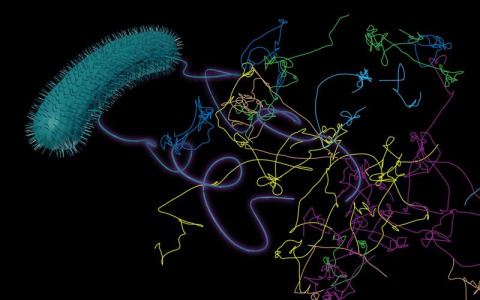
A new study seeks to improve reactive transport models by more accurately factoring in how bacteria move in groundwater.
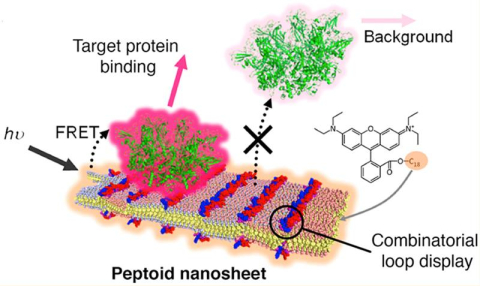
Synthetic materials can be engineered to recognize potential pathogens.
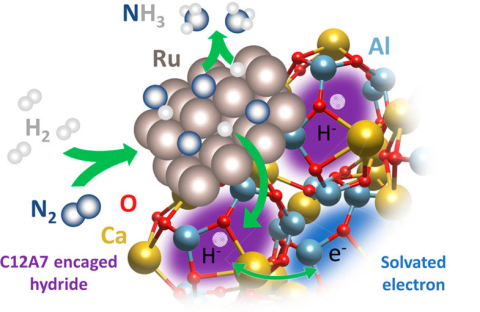
Researchers unveil a new catalytic mechanism in a novel material used for ammonia synthesis, a key component in fertilizer.
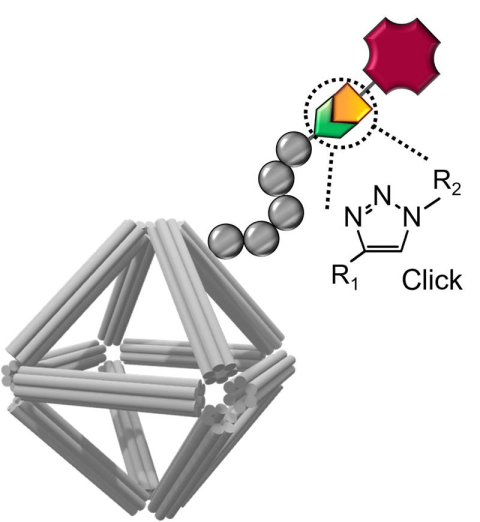
A new approach to functional and physiologically stable DNA origami for biomedical applications.

